
A big spring storm has hit us here in upstate New York, and our
electricity went out....again.
The power usually comes back on after a few hours. But we never know for sure. If it doesn’t, we have a simple backup electrical system. It is one of many emergency preparations we put into effect here 8 years ago with the Y2k threat looming.
Back then a lot of people were installing whole house electrical backup systems. They were fairly expensive and elaborate. The idea was to be able to power up and run everything in the house, just like usual.
I didn’t have the financial resources to consider whole house electrical backup and I didn’t see where I needed it. My primary concerns were heating the house, cooking food, and keeping the well water flowing. Life would be good if I had all those luxuries.
We already heated the house with firewood, so that was not a problem. We got rid of the electric stove and put in a propane stove (and a 500 gallon propane tank), so that took care of cooking. To keep the water flowing, I bought a small (2500 watt) generator.
The photo above (taken this afternoon) shows the generator in my Whizbang Garden Cart, hooked up to the house. Instead of buying an expensive house disconnect switch for the generator, I simply wired a plug for the female end of my extension cord to the outside of my house. 12-gauge Romex wire goes from there to two duplex electrical receptacles in my mud room, and to an outlet above the water pump pressure tank in my basement. So what I have is small electrical circuit in my house that is completely separate from the main electrical system.
Today, when I came home from work to find the power out, my son Robert and I put the generator in the Whizbang Garden Cart and wheeled it out behind the house. I started the generator, plugged one end of the yellow 12-gauge extension cord into the house and the other into the 110 volt outlet on the generator (a 2500 watt generator has only 110 volt output). That gave us power to the outlets in the mud room. We used an extension cord from there to supply power to the refrigerator in the kitchen.
In the basement, above the pressure tank, there is a cord plugged into a wall outlet that powers the 110 volt submersible well pump (I installed a 110 volt pump instead of the usual 220-volt because I wanted to be able to run it off the small generator). Right next to that wall outlet is the one powered by the generator. So, in order to change the pump from house power to generator power, I just unplugged it from one receptacle and plugged it into the other.
This basic emergency electrical system is very simple to understand and use. Since it does not integrate in any way with the main house electrical system, I consider it very safe. It takes only a few minutes to hook up and we have put it to use many times in the last 8 years. If the power were to go out for several days (a real emergency!) we would run the generator intermittently and, as long as we had gasoline, get through the crisis with relative ease.
There are all kinds of different backup electrical options. This is just one possible example. It works for me. :-)
P.S. I couldn't be happier with the Honda generator. It always starts easy, runs very quietly, and is fuel efficient. You can't go wrong with a Honda.



















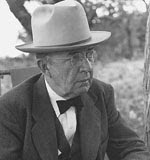





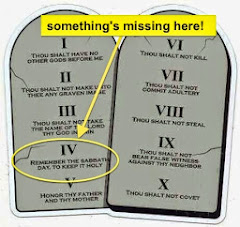














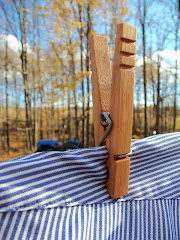



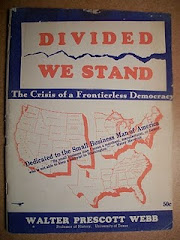














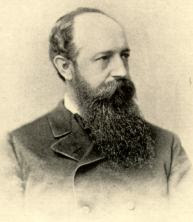




















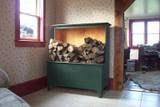
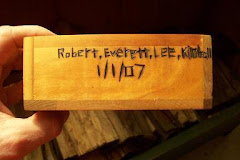














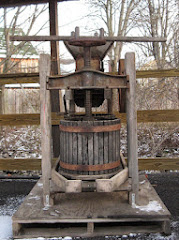





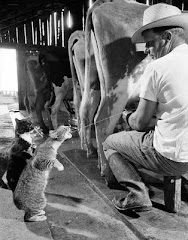







1 comment:
After hurricane Isabel, we returned to our home on the shore knowing full well we would be out of power and, having purchased a small generator I needed to power the basic requirements of my house. My generator has both 220 and 110 output so I took a slightly different tack than yours.
I went to home depot and bought a 220 breaker (like for a commercial drier or stove). I installed the breaker in my breaker box and wired it to a drier plug I installed on the outside wall. Then I made a double male drier cord and plugged my generator into the system. I threw the main breaker off (isolating the house from the grid) and all the non essential breakers (bedroom lights, etc.) to reduce the load to manageable levels and fired up the generator.
It worked like a charm. We could run the blower on the wood stove, the hot water heater and the well pump and even watch TV. By throwing the water heater breaker I could then run the fridge for a while. I managed the power resources with the breakers and my new one protected the generator from overload.
Post a Comment